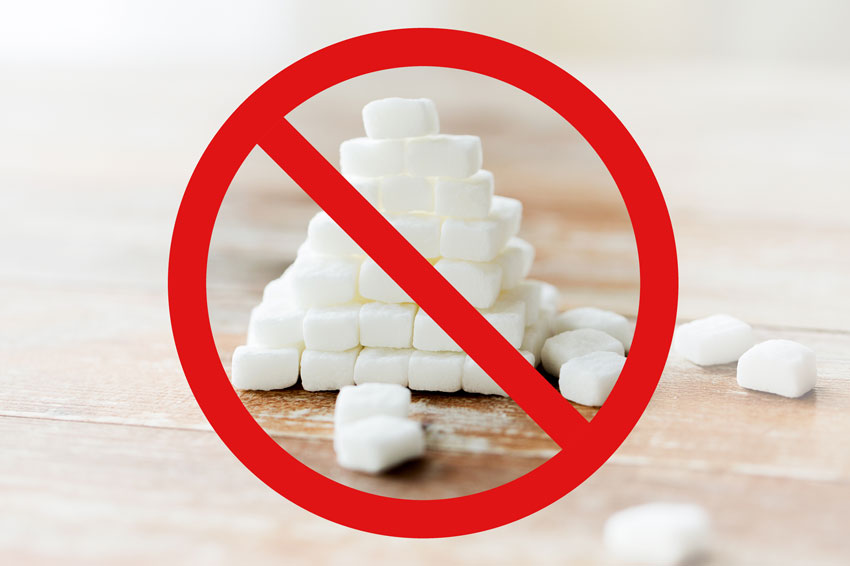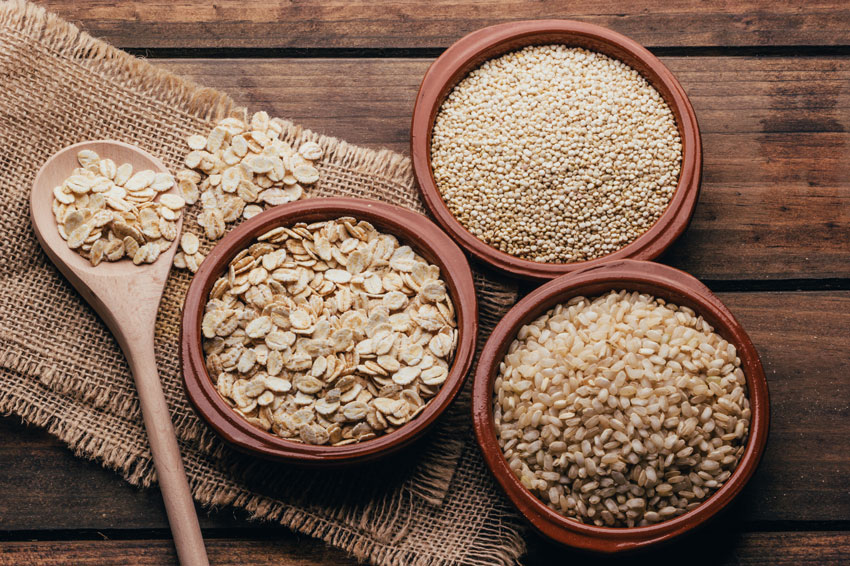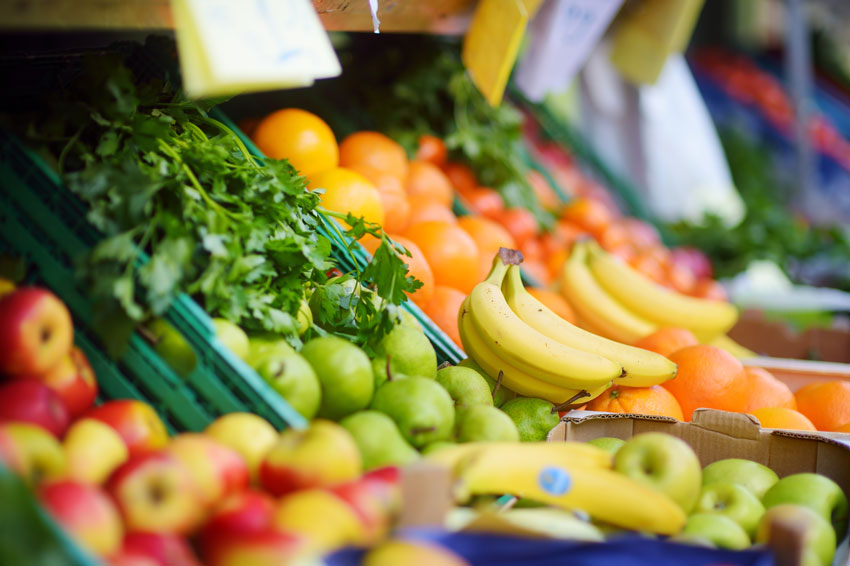For a lot us, cutting down on added sugar or eliminating it completely from our diet is a tough goal to reach. It might even be one of your New Year’s resolutions for better health, wellness or just because your doctor told you that you need to consume less.
For the past few decades, excess sugar consumption has been a leading culprit behind the rise of numerous health problems ranging from minor to severe, such as exhaustion, weight gain, chronic inflammation, prediabetes and diabetes, various types of cancer and cardiovascular disease.
Limiting your sugar intake is an excellent idea for anyone wanting to lose a few pounds, naturally give their energy level a boost, improve their athletic performance or just to feel fit on a daily basis.
No matter what your reason, here are five smart ways to reduce your added sugar intake.
Knowing more about the sugar content of the foods you eat is the best way to begin cutting down on your intake. Many foods contain lots of hidden sugar and it often plays a role in your regular diet without you even knowing it. Sugar can go by over 60 different names, which makes it hard to identify, so here’s a list of the most common ones:

Don’t fall victim to one of these aliases for sugar by reading a food’s list of ingredients. Remember, ingredients are listed in order of quantity, so if the first ingredient you see on a product’s list is sugar, it’s better to avoid it!
To keep your sugar intake low, you’ll need to do some research about the foods you eat. Fortunately, the law requires that all foods be sold in packaging with a nutrition label.
Sugar will be listed under the “Carbohydrates” section of the nutrition label and the phrase “of which sugars” typically tells you how much sugar there is per 100 grams of the product. This amount includes both added and natural sugar, but manufacturers have started to use new labels that list added sugar separately.
Here’s a reasonable goal: try limiting your added sugar intake to a maximum of 50 grams per day or less. And it goes without saying that the less you eat, the better!
Don’t let food manufacturers trick you. Words such as “natural” and “organic” don’t necessarily mean that there’s no added sugar in their product. Make sure to read the list of ingredients word for word. If you see one of the many names for sugar, you’re better off opting for something else.
There’s a difference between natural sugar (such as fructose in fruit and lactose in dairy products) and added sugar (such as high-fructose corn syrup and molasses). Added sugar doesn’t add any nutritional value to your food. It’s sometimes used to preserve certain products like jams, or help in fermentation during the bread-making process, but most importantly, it adds flavor to make foods more appealing and addictive.
For a lot of us, our first meal of the day could easily be compared to a candy bar when it comes to sugar content. Did you know that many of the “breakfast” foods available are extremely high in added sugar
Common breakfast foods include cereal, pancakes, yogurt, fruit juice, pastries, jam, hazelnut spreads and breakfast biscuits. If you’ve ever taken the time to look at the nutrition label on all these products, you’ve probably noticed that they all have one thing in common: a ton of added sugar!

If you want to cut down on sugar, start by making healthier eating decisions in the morning! We recommend eating little to none of these sugar bombs and having foods that are nutritious and low in added sugar instead, such as fresh fruit, whole grain cereal and high-protein foods.
When you can, avoid drinking your calories! Some statistics show that they’re the source of almost a third of the added sugar people consume daily. So skip the soda!
Are you a fan of fruit juice? Why shouldn’t you be, since fruit is healthy, right? But actually, drinking fruit juice isn’t a good idea, either. Most processed fruit juices are packed with added sugar! And what’s more, you’ll be missing out on some significant perks of fresh fruit: plenty of fiber and micronutrients.
If you still want to enjoy fruit juice, then select fruit juices labeled “100% juice,” which means that the only ingredient it contains is the fruit juice itself.
Carbohydrates play a big role in a healthy diet. Foods high in added sugar have increasingly started to steal the spotlight away from healthy foods high in nutrients. But cutting down on added sugar doesn’t mean banning all carbs from your diet. The trick is to know how to make the distinction between carbohydrates, sugar and added sugar. Your goal is to reduce the amount of added sugar in your diet and avoid foods with a high glycemic index value.
Most simple carbs are just sources of refined sugar. Examples of simple carbs and sugar-based products include candy, cookies and the like.
Banning all types of carbs from your diet is a major mistake, especially if you’re physically active. A lack of carbs can have an impact on your athletic potential, energy and even your mental wellness and sleep. To keep carbs in your diet, eat whole grains and complex carbs such as brown rice, oats, sweet potatoes and fresh fruit and vegetables. Eating unprocessed foods is without a doubt the best way to cut down on sugar and even other substances (like additives) that are bad for your health.

There are loads of strategies to control and reduce how much sugar you eat. These tips are ways to help you get started, but feel free to adapt them to suit you and your needs. Most importantly, don’t quit sugar cold turkey… this puts you at a higher risk of relapse.
We recommend starting out slowly by reading nutrition labels and getting used to identifying added sugar by its many names. Next, you can progressively opt for foods high in nutrition and lower in added sugar. Why not try making a few recipes without any added sugar to help you reach realistic goals? Making a gradual change is how you’ll win the battle against the sweet stuff!
Join the 7 million users already registered on FizzUp
Join us